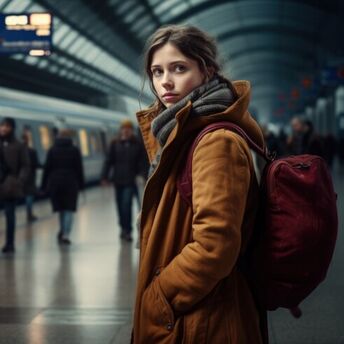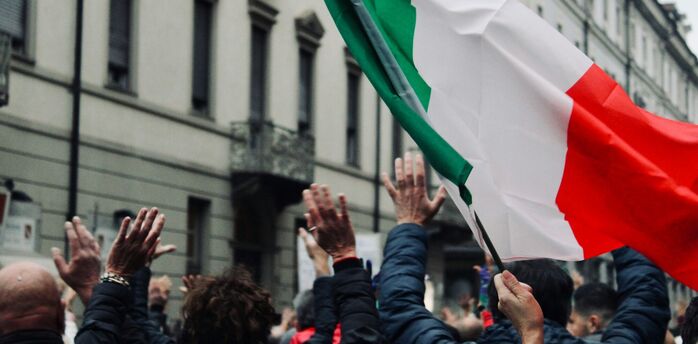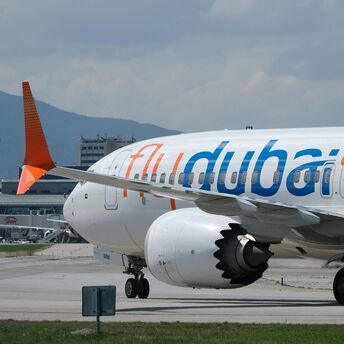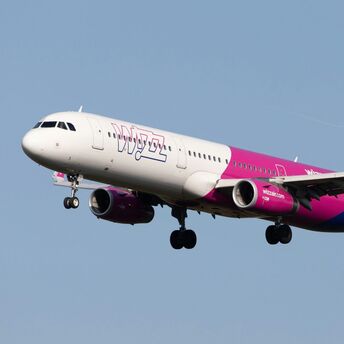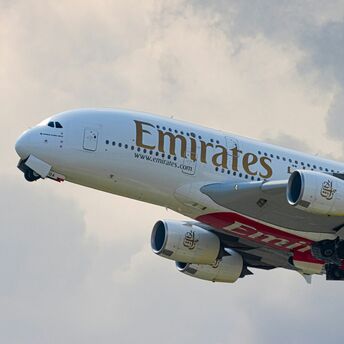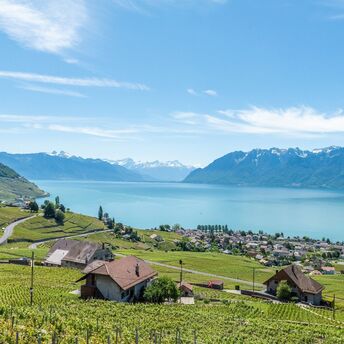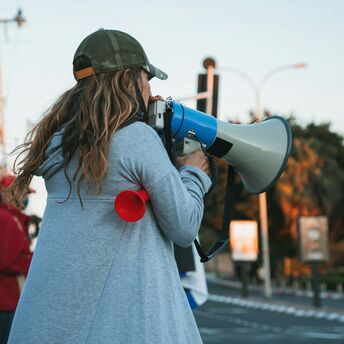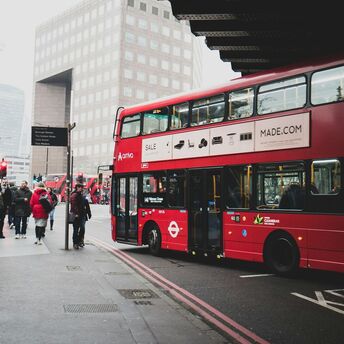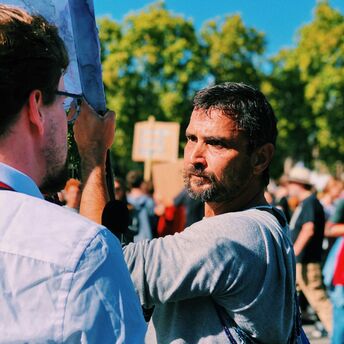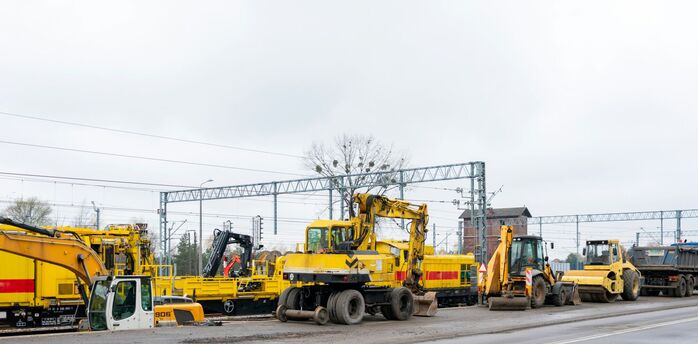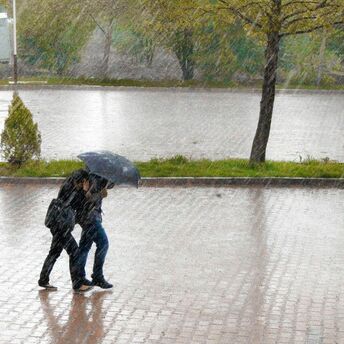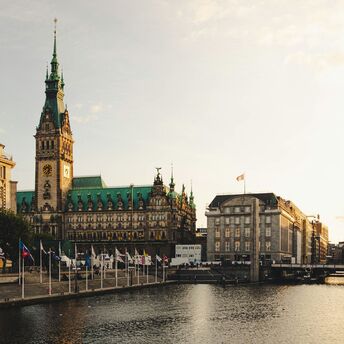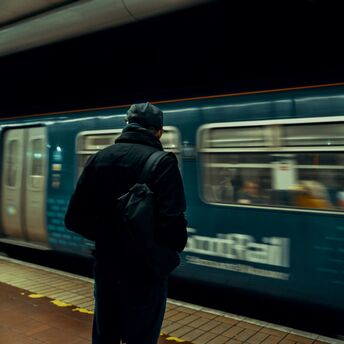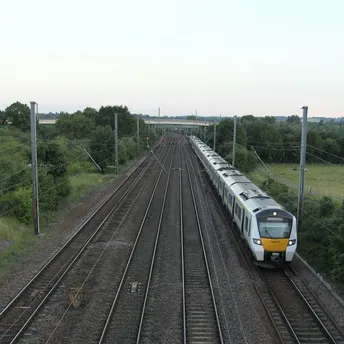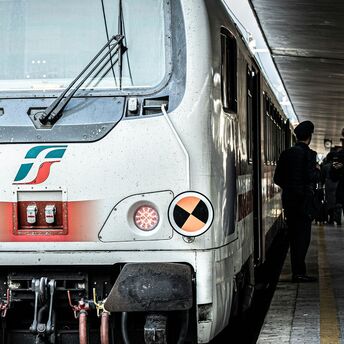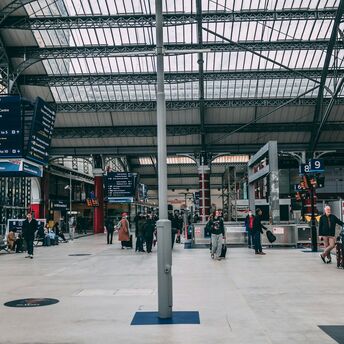Rotterdam, Copenhagen and Munich Offer Direct Access to Active Public Zones
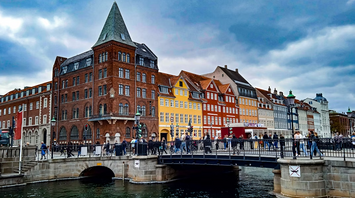
Several European cities are adjusting how urban travel is approached, incorporating physical activity into city breaks. Instead of launching new attractions, destinations like Rotterdam, Copenhagen and Munich are repurposing central areas for swimming, climbing, running and cycling. Many of these activity routes are located close to public transport and are easy to reach on foot or by bike.
In Rotterdam, a former canal now serves as the RIF010 wave pool, where visitors surf in the middle of the city. Zwembad Rijnhaven allows for open-air swimming, with sun decks set up along the water. Dakpark offers elevated walking routes with harbour views, while Kralingse Bos has forest trails and access to lakeside areas. At the Euromast tower, rope descents are organised during the warmer months.

Copenhagen maintains designated harbour swimming areas at Islands Brygge and Fisketorvet throughout the year. Equipment for paddleboarding, canoeing and kayaking is available for rent in various locations. CopenHill, located on top of a power station, combines a dry ski slope, marked hiking routes and climbing sections. These facilities remain accessible to the public and illustrate how urban infrastructure is being adapted for multi-use recreation.
Munich has over 745 miles of cycling routes that connect residential areas with parks along the Isar River. Munich’s English Garden stretches wide across the city, with almost 50 miles of paths where people jog, bike or just move at their own pace through open space. Seasonal surfing takes place on the Eisbach stream, and a winter-only ski route is marked out along the riverside. Additional outdoor activities include rafting, swimming and bridle paths for horse riding.

Other locations include the Olympic Stadium, where visitors can take part in guided roof walks followed by zipline descents. Pools like Dantebad and Prinzregentenbad keep their doors open through every season, while gondolas still glide quietly along the canals near Schleissheim and Nymphenburg palaces. These examples show how active spaces are becoming part of regular city life. As more destinations make such options available, physical movement is no longer a separate activity but increasingly built into how people explore urban environments.
